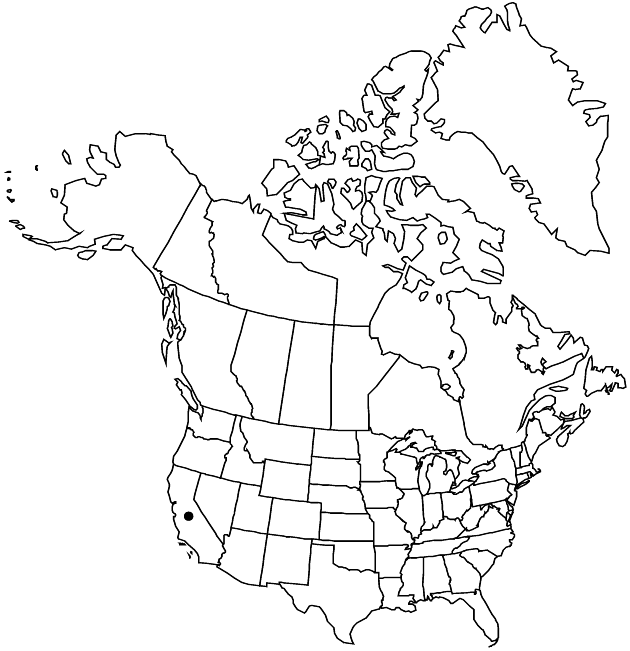Erigeron barbellulatus
Erythea 3: 65. 1895.
Perennials, 5–15 cm; taprooted, caudices relatively slender-branched. Stems erect to slightly basally ascending (shiny-white or purplish), strigose, eglandular. Leaves mostly basal (usually persistent) and cauline on proximal 1/4 of stems; blades narrowly oblanceolate, 20–50 × 1.5–5 mm (bases abruptly widened, thickened, white-indurate, sheathing stem), margins entire, faces strigose, eglandular. Heads 1. Involucres 5.5–9 × 13–18 mm. Phyllaries in 2–3 series, sparsely and finely spreading-hairy, eglandular. Ray-florets 15–35; corollas white or blue, drying bluish, 7–15 mm, laminae weakly coiling. Disc corollas 4.5–7 mm. Cypselae (2–) 3–3.7 mm, 2-nerved, faces sparsely strigose; pappi: outer of setae, inner of 25–40 (–50) bristles. 2n = 18.
Phenology: Flowering Jun–Jul(–Aug).
Habitat: Gravelly or rocky slopes, sagebrush-pine to subalpine forest
Elevation: 2100–3300 m
Discussion
The variability in cypsela size is unusual.
Selected References
None.
